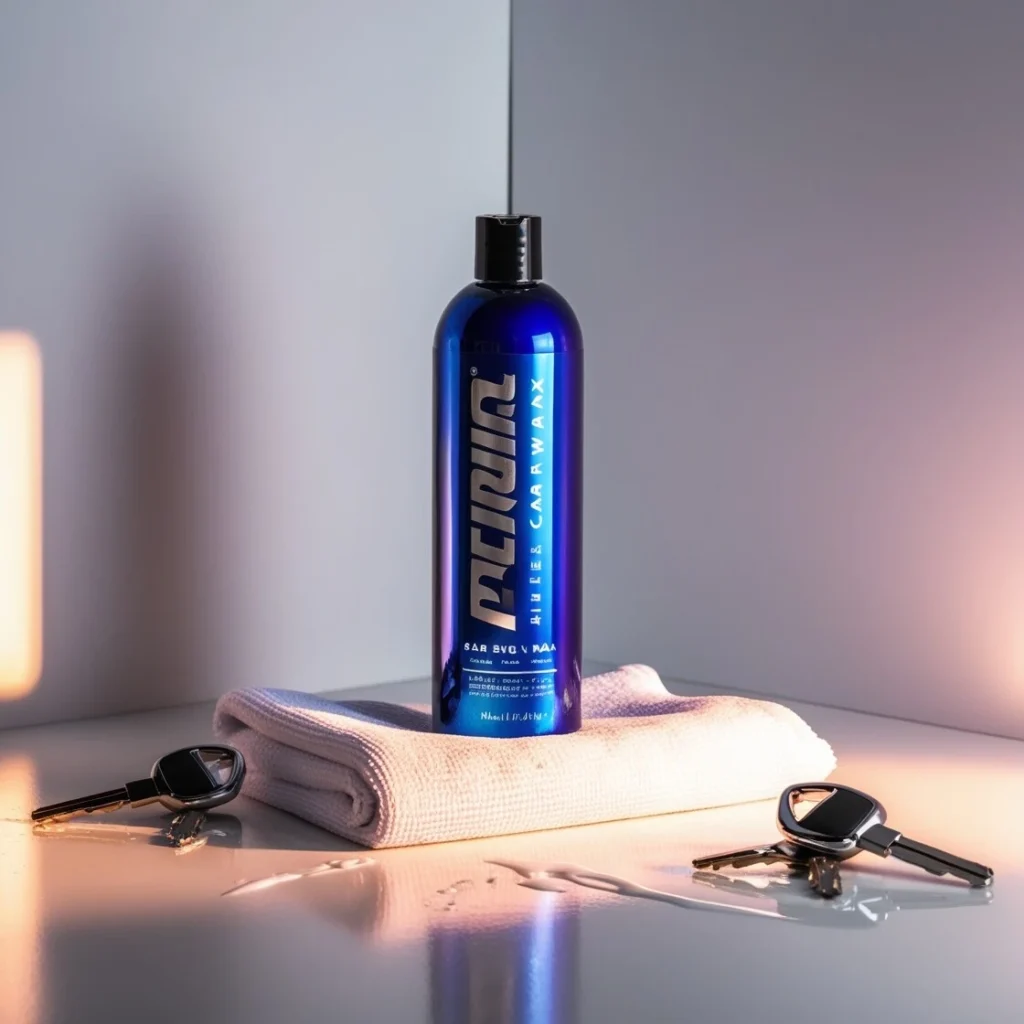Car Waxing: A Complete Guide
Learn car waxing. Keeping your car’s exterior in top-notch condition goes beyond just regular washing. To protect the paint and give your vehicle a long-lasting shine, waxing is essential. Waxing not only enhances the aesthetic appeal but also provides a protective layer against UV rays, road debris, and environmental contaminants. In this comprehensive guide, we will explore the best ways to wax your car, from choosing the right product to applying it for the best results.

Index
Why Car Waxing Is Important
Before diving into the best techniques, it’s crucial to understand why waxing is beneficial. A well-applied wax provides a barrier between your car’s paint and harmful elements, extending the life of the paintwork. Additionally, waxing helps maintain a glossy, showroom-like finish that adds to your car’s value.
One of the most important reasons to regularly wax your car is to prevent oxidation. Exposure to sunlight can cause oxidation, leading to dull paint. By waxing, you shield your car from UV damage, ensuring the paint stays vibrant and lustrous.
Choosing the Right Wax for Car Waxing
There are several types of car wax available on the market, and knowing which one is best suited for your car can make all the difference in the result. The most common options include:
- Carnauba Wax: This is derived from the carnauba palm tree and is known for its deep, rich shine. It’s often considered the gold standard of waxes but may not last as long as synthetic alternatives.
- Synthetic Wax: Made from polymers or other man-made substances, synthetic wax offers a more durable finish and can last for months. However, it may not provide the same level of gloss as carnauba wax.
- Spray Wax: Spray wax is ideal for a quick and easy application. While it doesn’t last as long as other types, it’s a convenient way to add a layer of protection after washing your car.
- Paste Wax: A traditional choice, paste wax takes longer to apply but delivers an excellent shine and protective layer.
- Liquid Wax: Liquid wax is a popular choice for its ease of use. It’s a good balance between longevity and shine, making it a versatile option for most car owners.
Preparation: How to Properly Wash Your Car Before Car Waxing
Before you wax your car, it’s important to thoroughly wash and dry the vehicle. Any dirt, dust, or grime left on the surface can result in scratches when you apply the wax. Here’s how to prepare your car for waxing:
- Wash Your Car: Use a quality car shampoo and a microfiber wash mitt to remove dirt and grime. Avoid using dish soap or other household cleaners, as they can strip the wax from your car’s paint.
- Dry Your Car: After washing, use a clean, dry microfiber towel to wipe down the car. Ensure that no water spots are left behind, as they can interfere with the wax application.
- Clay Bar Treatment: For an even smoother finish, use a clay bar to remove any contaminants embedded in the paint. This step is especially useful if your car hasn’t been waxed in a while or if you live in an area with heavy pollution.
Car Waxing Step-by-Step
Now that your car is clean and dry, you’re ready to wax your car. Follow these steps to achieve the best results:
- Choose the Right Environment: Make sure to wax your car in a shaded area, out of direct sunlight. Waxing in the sun can cause the wax to dry too quickly, making it difficult to remove.
- Apply the Wax: Use a foam or microfiber applicator pad to apply the wax in small, circular motions. Start with a small section of the car, such as the hood or a door panel, and work your way around the vehicle. Apply a thin, even layer of wax.
- Let It Haze: Allow the wax to dry to a haze, which typically takes about 5-10 minutes. You should see a slight cloudiness on the surface when the wax is ready to be buffed off.
- Buff the Wax: Use a clean microfiber towel to buff the wax off, revealing a shiny, polished surface. Work in small sections, and be sure to rotate or change towels as needed to prevent smearing.
- Check for Missed Spots: Once you’ve buffed the entire car, take a final walk around the vehicle to check for any missed spots or streaks. If you find any, simply reapply wax to those areas and buff again.
How Often Should You Wax Your Car?
How frequently you should wax your car depends on a few factors, including the type of wax you use and your local climate. In general:
- Carnauba Wax: Reapply every 6-8 weeks.
- Synthetic Wax: Reapply every 4-6 months.
- Spray Wax: Reapply every 1-2 weeks, especially after washing your car.
If you live in an area with harsh winters or extreme sunlight, you may need to wax your car more frequently to maintain optimal protection.
Waxing Tips for Different Seasons
The best time to wax your car depends on the season. Here are a few tips to consider based on the time of year:
- Spring and Summer: In warmer months, it’s easier for wax to bond to the paint due to higher temperatures. However, you should avoid waxing in direct sunlight, as this can cause the wax to dry too fast and become difficult to remove.
- Fall and Winter: During colder months, the wax may take longer to cure. If you live in an area with snow or road salt, waxing your car before winter can provide extra protection against these elements. It’s also a good idea to reapply wax after winter to remove any residual salt and grime.
Conclusion: Car Waxing, Maintain Your Car’s Shine and Protection
Waxing your car is one of the simplest yet most effective ways to maintain its appearance and value. Whether you’re using a high-end carnauba wax or a more convenient spray option, regularly waxing your car will keep it looking its best for years to come. Remember, proper preparation, application, and timing are key to achieving a long-lasting and flawless finish. So, take the time to invest in quality products and follow the steps outlined in this guide to wax your car like a pro.
Read more about car maintenance clicking here.
